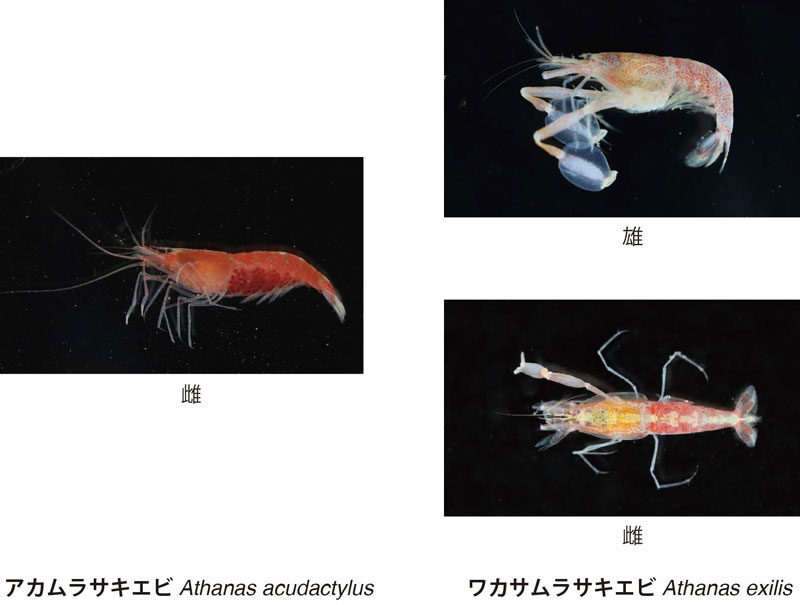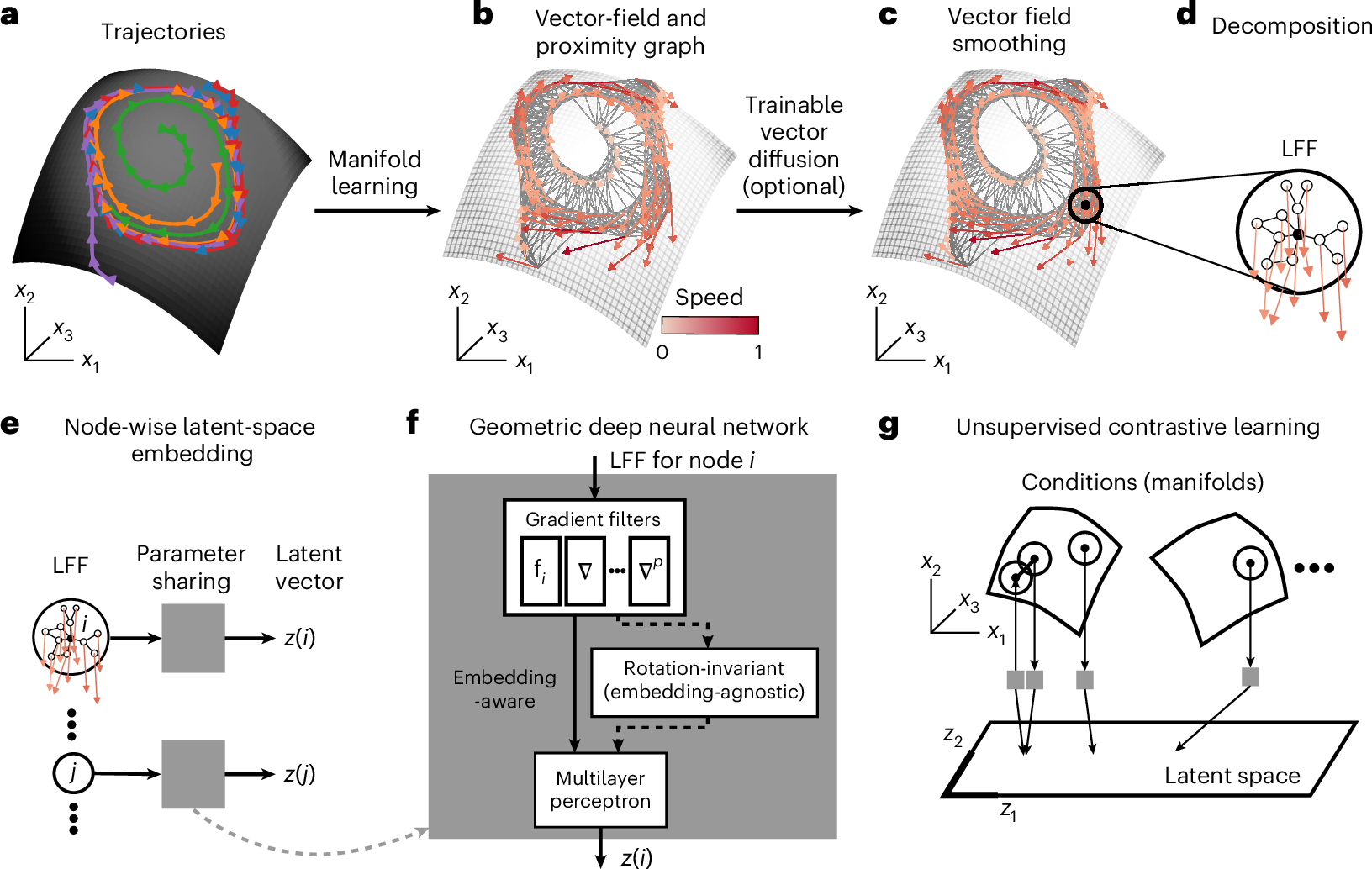2025-02-18 カナダ・ブリティッシュコロンビア大学 (UBC)
ブリティッシュ・コロンビア大学(UBC)のショーン・ミカレッツ助教授らの研究によると、植物はこれまで考えられていた以上に水分を放出しており、気温上昇に伴いこの傾向が強まることが明らかになりました。 従来、植物は葉の気孔から主に水分を失い、極端な高温時には気孔を閉じて水分を保持するとされていました。しかし、最新の研究では、気温が上昇すると、植物は気孔ではなく、閉じることのできない葉のクチクラ(ワックス層)からより多くの水分を失うことが示されています。クチクラが薄いほど、水分損失が大きくなります。この結果、極端な高温下では、植物は水分を失い続ける一方で、二酸化炭素の吸収が制限され、光合成が減少し、炭素吸収源としての役割が低下します。さらに、極端な温度では、植物が炭素の放出源となり、気候変動を加速させる可能性があります。例えば、50℃にさらされた中程度の大きさの葉は、クチクラを通じて1日あたり約3分の1ティースプーンの水を失うと推定されています。これが森林全体に及ぶと、地球規模の水循環や炭素循環に影響を与え、現在の気候変動モデルがこれらの影響を過小評価している可能性があります。
<関連情報>
- https://news.ubc.ca/2025/02/why-leaky-plants-could-accelerate-climate-change/
- https://nph.onlinelibrary.wiley.com/doi/full/10.1111/nph.20346
- https://nph.onlinelibrary.wiley.com/doi/full/10.1111/nph.19702
温度は葉の最小コンダクタンスに対するクチクラと気孔の相対的寄与を支配する Temperature governs the relative contributions of cuticle and stomata to leaf minimum conductance
Josef C. Garen, Sean T. Michaletz
New Phytologist Published: 14 December 2024
DOI:https://doi.org/10.1111/nph.20346

Summary
- During periods of stomatal closure, such as drought, plant leaves continue to lose water at a rate determined by the minimum leaf conductance, gmin. Although gmin varies with temperature, less is known about what drives this variation, including how the pathways of water loss (cuticle or stomata) vary with temperature.
- We used gas exchange and bench drying methods to measure gmin and cuticular conductance, gcw, across a wide temperature range (20–50°C) in 11 broadleaf species. Vapour pressure deficit (VPD) covaried with temperature from 0.83 to 10.7 kPa.
- The dominant pathway of water loss for gmin shifted from stomatal transpiration towards cuticular transpiration as temperature increased. Leaf traits had variable, temperature-dependent relationships with gmin and gcw, with trait–conductance relationships being generally stronger at higher temperatures. Cuticular thickness varied inversely with high-temperature gcw. Simulation results showed that gcw may impact photosynthetic capacity estimates, particularly in species with low stomatal conductance.
- The pathways of water loss in leaves during times of stomatal closure depend strongly on temperature. This effect may have large implications for landscape-scale water balance modelling and improving gas exchange measurements. We propose variation in VPD as a potential contributing factor in gmin and gcw variation among studies.
葉の炭素経済性、エネルギーバランス、耐暑性形質のばらつきは、適応と順化のタイムスケールの違いを浮き彫りにしている Variation in leaf carbon economics, energy balance, and heat tolerance traits highlights differing timescales of adaptation and acclimation
Nicole N. Bison, Sean T. Michaletz
New Phytologist published: 26 March 2024
DOI:https://doi.org/10.1111/nph.19702

Summary
- Multivariate leaf trait correlations are hypothesized to originate from natural selection on carbon economics traits that control lifetime leaf carbon gain, and energy balance traits governing leaf temperatures, physiological rates, and heat injury. However, it is unclear whether macroevolution of leaf traits primarily reflects selection for lifetime carbon gain or energy balance, and whether photosynthetic heat tolerance is coordinated along these axes.
- To evaluate these hypotheses, we measured carbon economics, energy balance, and photosynthetic heat tolerance traits for 177 species (157 families) in a common garden that minimizes co-variation of taxa and climate.
- We observed wide variation in carbon economics, energy balance, and heat tolerance traits. Carbon economics and energy balance (but not heat tolerance) traits were phylogenetically structured, suggesting macroevolution of leaf mass per area and leaf dry matter content reflects selection on carbon gain rather than energy balance. Carbon economics and energy balance traits varied along a common axis orthogonal to heat tolerance traits.
- Our results highlight a fundamental mismatch in the timescales over which morphological and heat tolerance traits respond to environmental variation. Whereas carbon economics and energy balance traits are constrained by species’ evolutionary histories, photosynthetic heat tolerance traits are not and can acclimate readily to leaf microclimates.


